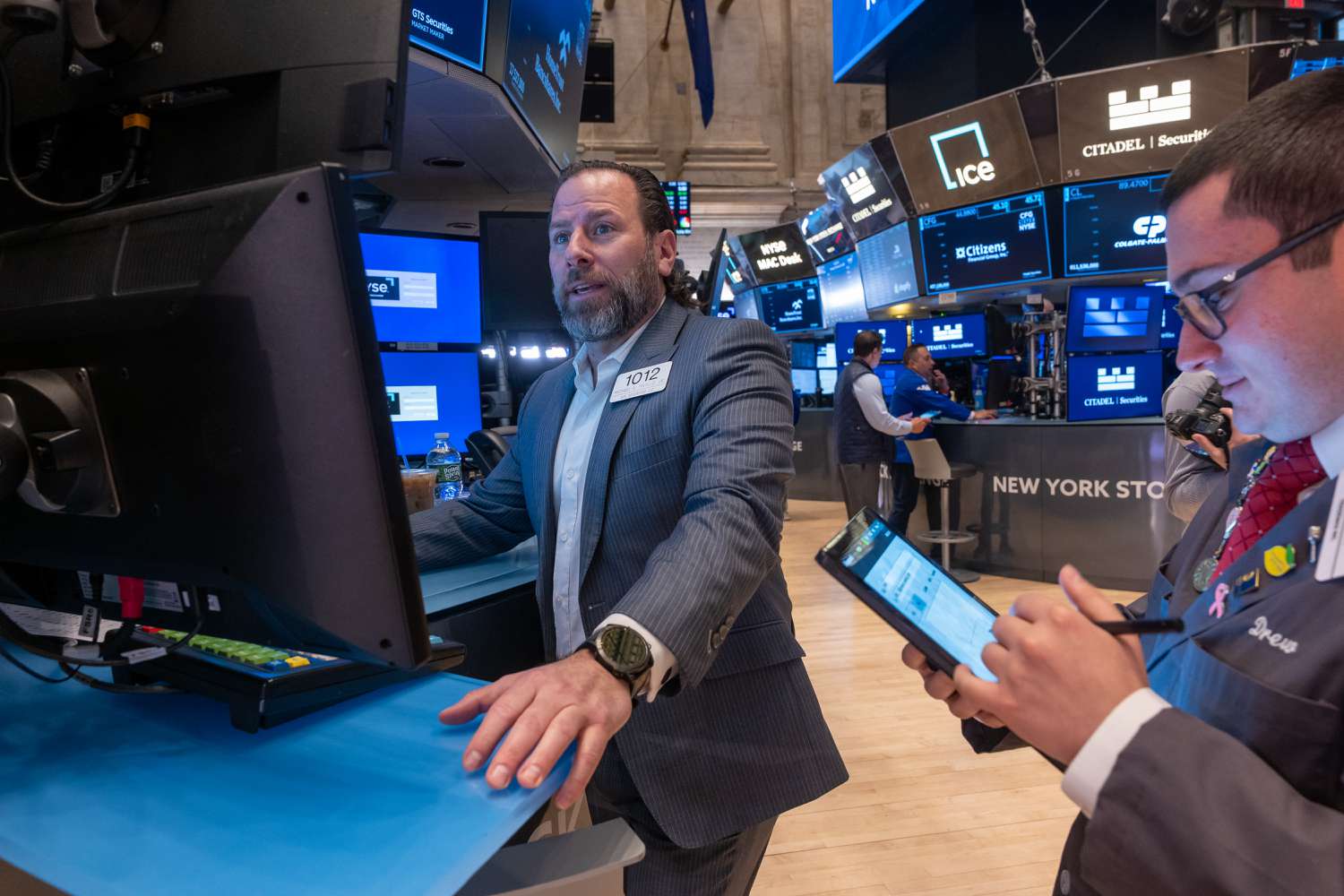How will the “liberation day” in the US impact global finance market?
The “liberation day” in the US today, as the Trump Administration releases its reciprocal tariff naughty list, won’t be ‘clarity day’.

It looks as if the Trump Administration will go big by announcing swingeing tariffs across countries and then look to see what sort of concessions it can weed out of others as ‘payment’ for whittling the tariffs down. Some may make big concessions but others may offer very little on the basis that Trump has their number and hence their efforts to placate the president will likely be in vain.
So, the uncertainty will probably continue about trade policy. But even if some clarity does emerge out of the fog, there will likely be other issues that come along that allow Trump to obfuscate. For instance, we have not seen Trump at any international gatherings yet, such as G20 meetings. All we have seen of note so far was the decision by Treasury Secretary Bessent and Secretary of State Rubio to skip the G20 meeting in South Africa earlier in the year. That’s pretty unheard of, but it surely a warning about how Trump will deal with similar meetings in the future.
The difficulty for the financial markets is learning to live with such an unpredictable environment. As we mentioned earlier, high levels of uncertainty are likely to be accompanied by equity market weakness on the basis that such uncertainty impinges on consumer and business confidence and hence their decision-making. That’s exactly what we have seen so far. High uncertainty is most likely to lift government bond markets on account of both the aforementioned business and consumer caution, in addition to the safe-asset demand for bonds that can result if risk assets like equities really crater.
What about the FX market? Here too, the safe-asset issue can generate demand for currencies such as the US dollar, yen and Swiss franc but, by and large, we tend to believe that high levels of economic and political uncertainty drive increases in implied FX volatility but ultimately generate limited directionality. Big directional moves are far easier to predict in other assets. Tariffs, for instance clearly bear down on growth in countries that both impose them and are the victims of them, so there’s no debate about the effect they should have on equities. There’s also little dispute about a fall in government bond yields provided, of course, the growth-sapping effects of tariffs dominate any inflationary consequences.
As for currencies, tariffs are a lose-lose prescription for those imposing the tariffs and those on the receiving end. And given that currencies should, in theory at least, reflect winners and losers, there is not much for the FX market to go for when tariffs are introduced. Of course, some divergence can happen if countries are particularly hard hit by tariffs, as Canada and Mexico have been so far but, even here the extent of weakness has not been substantial.
“It seems most likely to us that tariffs, and other elements of the Trump presidency will engender high volatility, but not necessarily significant directionality. We can see that some of this has happened already. If we look at euro/US dollar, for instance, we still see that the euro is inside the 1.05-1.10 range that has held most activity in recent years”, said Steven Barrow, Head of Standard Bank G10 Strategy.
However, in Steven Barrow’s view, today this is coming with a one-month implied volatility level of around 8% which is a full two percentage points above the levels that we were seeing on average in the year before Trump won the election. In other words, the US dollar is going nowhere but just in a more volatile way. That may stay the way of things for now even if we continue to believe that a longer-term break of 1.10 is more likely than 1.05.








